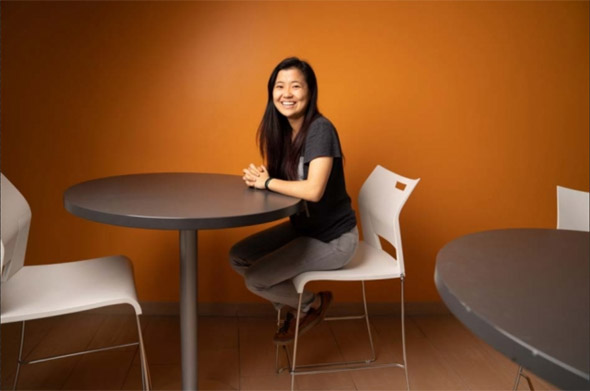I think, therefore I code
Senior Jessy Lin, a double major in EECS and philosophy, is programming for social good.

It’s kind of a value I’ve always had. Trying to be thoughtful about, one, the impact that the technology that we put out into the world has, and, two, how to make the best use of our skills as computer scientists and engineers to do something good.
— Jessy Lin '19
To most of us, a 3-D-printed turtle just looks like a turtle; four legs, patterned skin, and a shell. But if you show it to a particular computer in a certain way, that object’s not a turtle — it’s a gun.
Objects or images that can fool artificial intelligence like this are called adversarial examples. Jessy Lin, a senior double-majoring in computer science and electrical engineering and in philosophy, believes that they’re a serious problem, with the potential to trip up AI systems involved in driverless cars, facial recognition, or other applications. She and several other MIT students have formed a research group called LabSix, which creates examples of these AI adversaries in real-world settings — such as the turtle identified as a rifle — to show that they are legitimate concerns.
Lin is also working on a project called Sajal, which is a system that could allow refugees to give their medical records to doctors via a QR code. This “mobile health passport” for refugees was born out of VHacks, a hackathon organized by the Vatican, where Lin worked with a team of people she’d met only a week before. The theme was to build something for social good — a guiding principle for Lin since her days as a hackathon-frequenting high school student.
More SHASS stories about AI and Computing
Suggested links